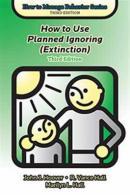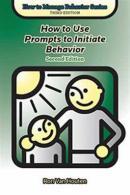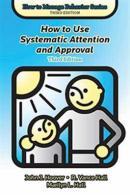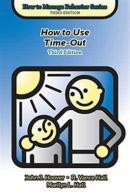How to Use Positive Practice, SelfCorrection and Overcorrection
Explains effective behavior management techniques for students with developmental disabilities, intellectual disability, and/or emotional disorders. Positive practice is the systematic, repeated practice of a corrected behavior in order to interrupt an undesirable behavior and replace it with a desired behavior. Self-correction and overcorrection require the student to correct his/her behavior and then overcorrect as a sort of compensation to the person(s) affected by the negative behavior....
Explains effective behavior management techniques for students with developmental disabilities, intellectual disability, and/or emotional disorders.
Positive practice is the systematic, repeated practice of a corrected behavior in order to interrupt an undesirable behavior and replace it with a desired behavior. Self-correction and overcorrection require the student to correct his/her behavior and then overcorrect as a sort of compensation to the person(s) affected by the negative behavior. These practices replace any need for punishment or guilt on the part of the student.
Exercises and illustrations included show the use of these procedures. Bibliographic and further-reading references are included.
80 pages 6" x 9" softcover
How to Manage Behavior Series includes:
PX7700WB How to Maintain Behavior
PX7697WB How to Motivate Others Through Feedback
PX7706WB How to Negotiate a Behavioral Contract
PX7699WB How to Plan for Generalization
PX7705WB How to Select Reinforcers
PX7692WB How to Teach Self-Control Through Antecedent Analysis
PX7695WB How to Teach Social Skills
PX7698WB How to Teach Through Modeling and Imitation
PX7696WB How to Use Group Contingencies
PX7707WB How to Use Planned Ignoring (Extinction)
PX7702WB How to Use Positive Practice, Self-Correction, and Overcorrection
PX7694WB How to Use Response Cost
PX7693WB How to Use Prompts to Initiate Behavior
PX7703WB How to Use Systematic Attention and Approval
PX7704WB How to Use Time-Out
PX7701WB How to Use Token Economy and Point Systems
Item #
Products
Price
Wishlist
Qty
Requested quantity is not available at this time
PX7702WB
How to Use Positive Practice, SelfCorrection and Overcorrection
$25.00




